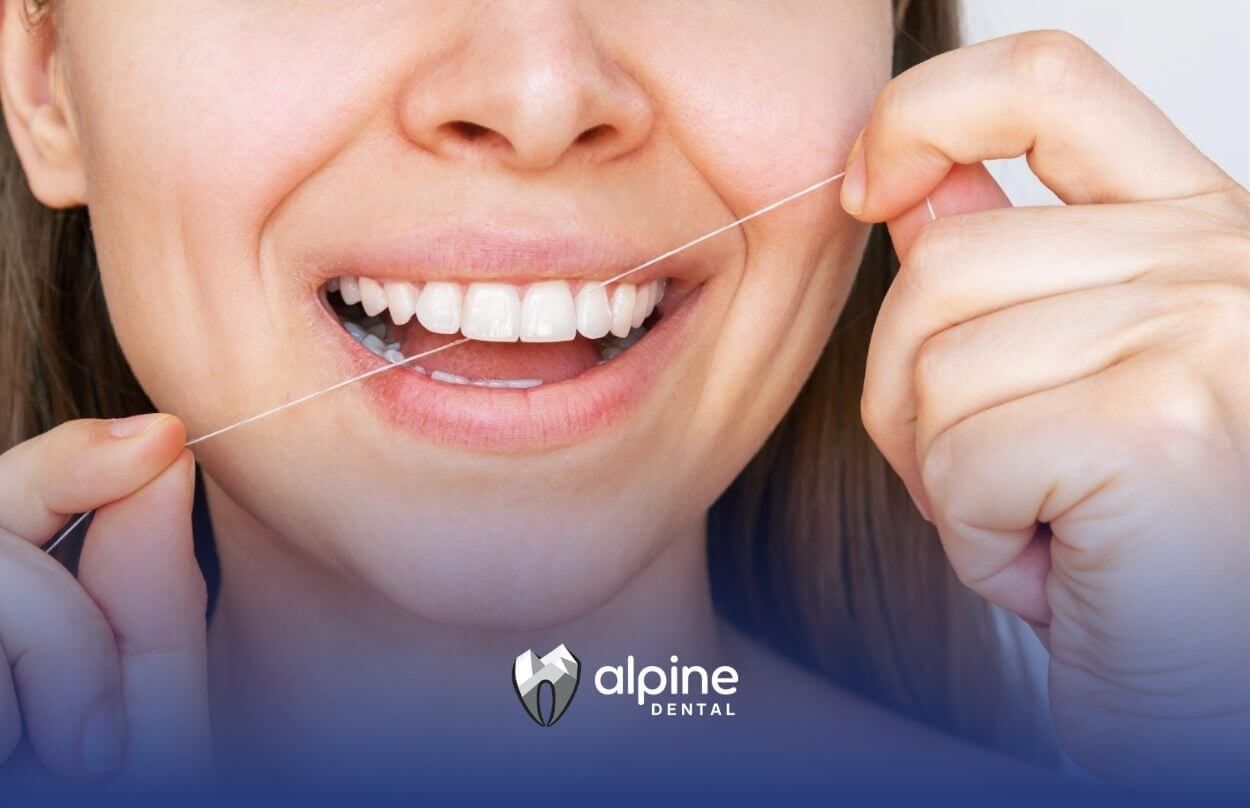Simple Steps to Remove White Spots on Teeth Safely
White spot lesions on teeth can surprise anyone who peers at their smile in bright light. Parents and caregivers often ask how to remove white spots on teeth safely without harming enamel or causing sensitivity. This guide reviews clear, evidence-based steps for managing early enamel opacities, sometimes called white spot lesions, and protecting long-term dental health. It covers what those pale marks mean, how to prevent them, simple at-home approaches, and professional interventions.
Understanding White Spots
White spots on tooth enamel are areas where minerals have leached out or failed to form properly. They often look chalky or opaque compared to the surrounding surface. In dental terms, these opacities may be called white spot lesions when they signal early tooth decay or enamel hypomineralization.
Some individuals develop white spots from braces when plaque accumulates around brackets, leading to enamel decalcification. Others see them after excessive fluoride exposure during childhood, known as dental fluorosis. In many cases, the condition remains reversible if addressed early.
When to Seek Professional Advice
White spots alone seldom require urgent care, but they can precede cavities or weaken enamel. A dental professional should evaluate any persistent or painful lesions. Early intervention may include targeted remineralization or minimally invasive resin infiltration to restore a uniform shade and prevent further damage.
Identifying Underlying Causes
A clear grasp of what causes white spot formation helps tailor safe removal strategies. Common factors include:
- Enamel Demineralization
Long-term exposure to acids from plaque leads to mineral loss in enamel. Decalcified zones appear as white spots before turning brown or forming cavities. - Dental Fluorosis
Excess fluoride intake during enamel formation can cause mottled, chalky patches. Mild fluorosis shows as faint white spots, while severe forms may cause brown stains. - Enamel Hypoplasia
Incomplete enamel development before teeth erupt results in thinner, porous areas. These patches absorb stains and appear lighter than healthy enamel. - Dietary and Hygiene Habits
Frequent consumption of sugary or acidic foods, combined with irregular brushing, allows plaque acids to linger. Even a low-calcium diet can impair enamel strength over time. - Orthodontic Appliance Effects
Fixed braces create nooks where plaque accumulates, increasing risk of spot lesions around brackets. Proper brushing and interdental cleaning help limit decalcification.
Preventing White Spot Formation
Stopping white spots before they appear is far simpler than treating them later. Key preventive steps include:
- Brushing With Fluoride Toothpaste
Use a pea-sized amount of fluoride toothpaste twice daily. Fluoride helps remineralize early lesions and strengthen enamel against acid attacks. - Flossing and Interdental Cleaning
Daily flossing or the use of interdental brushes removes plaque from between teeth and around braces. Prevention of demineralization relies on keeping those tight spaces clean. - Limiting Sugary and Acidic Foods
Reduce intake of sodas, citrus fruits, and candies. When indulging, rinse the mouth with water afterward to neutralize acids. - Maintaining Professional Cleanings
Regular dental check-ups and cleanings remove hardened plaque (tartar) and catch early white spots. Professional fluoride applications during cleanings offer extra enamel protection. - Considering
Fluoride Supplements
In areas without fluoridated water, children between six months and 16 years may benefit from supplements. Follow the American Dental Association guidelines and a dentist’s recommendation.
At-Home Treatment Methods
When white spots appear, some gentle home techniques can help reduce their visibility or reverse early decay. Individuals should always discuss at-home approaches with a dentist before starting.
Remineralization Pastes and Gels
Over-the-counter products containing calcium and phosphate compounds support natural enamel repair. Typical steps include:
- Apply a pea-sized dab to clean, dry teeth once or twice daily.
- Allow the paste to sit for two to five minutes before rinsing.
- Continue for four to six weeks, monitoring spot reduction.
Over-the-Counter Whitening Strips
Mild whitening strips or trays may even out tooth shade, making white spots less noticeable. Caution is essential:
- Avoid prolonged wear times to reduce sensitivity.
- Consult a dentist if bleaching causes irritation or uneven whitening.
Natural Remedies
Some individuals explore gentle, natural approaches to lighten spots:
- Baking Soda Paste
A mix of baking soda and water can act as a mild abrasive to polish surface stains. Use sparingly, up to once weekly. - Oil Pulling
Swishing coconut oil for 10–15 minutes may reduce bacteria and plaque. Evidence remains limited, but some households report subtle brightening effects. - Dietary Adjustments
Increasing calcium-rich foods and dairy can support enamel health. Dairy proteins also buffer acids in the mouth.
Professional Treatment Techniques
When at-home methods prove insufficient, dental professionals offer targeted interventions. These techniques often deliver faster, more consistent results.
Enamel Microabrasion
Microabrasion uses a slightly abrasive paste and controlled polishing to remove a thin enamel layer. It works best for superficial white spots and light discoloration. Typical procedure:
- Isolate the area with a rubber dam.
- Apply microabrasive compound for 30–60 seconds.
- Rinse and evaluate; repeat if necessary.
Resin Infiltration (ICON)
The ICON infiltration concept involves a three-step system to camouflage lesions without removing healthy enamel:
- Etch the lesion with Icon-Etch (an acidic gel).
- Dehydrate with Icon-Dry (ethanol) to reveal the true lesion size.
- Infiltrate with Icon-Infiltrant (low-viscosity resin) and light-cure.
Dental Veneers and Bonding
For deeper or widespread spots, dental veneers or composite resin bonding can conceal defects:
- Veneers require minimal enamel reduction and custom lab fabrication.
- Bonding involves sculpting composite resin directly on tooth surfaces.
- Both methods deliver instant, aesthetic relief but involve higher cost and maintenance.
Topical Fluoride Applications
Professional varnishes or foams coat teeth with high-concentration fluoride, promoting remineralization:
- Recommended for patients with multiple lesions or high decay risk.
- Applications take just a few minutes during routine visits.
Comparing Treatment Options
Home Remineralization
Low
Mild to moderate
OTC Whitening
Low
Cosmetic evening
Enamel Microabrasion
Moderate
Good for surface spots
ICON Resin Infiltration
Moderate
Excellent for lesions
Veneers / Composite Bonding
High
Immediate, long lasting
Choosing the Right Approach
Selecting an appropriate method depends on several factors. Individuals should weigh:
Severity of Lesions
Minor, early spots may respond well to remineralization or ICON infiltration. Extensive or deep hypoplasia often calls for veneers or bonding.
Professional Guidance
A dentist or hygienist can assess enamel thickness, lesion depth, and overall oral health to recommend safe, effective care.
Cost and Accessibility
At-home products tend to be affordable but slower. Professional treatments involve higher fees and possible insurance coverage. Patients should discuss financing or payment options.
Long-Term Goals
For lasting, uniform results, combining preventive habits with periodic professional care offers the best outlook.
Maintaining Long-Term Tooth Health
Once white spots fade, sustaining strong enamel prevents recurrence. Key habits include:
- Consistent Brushing and Flossing
Twice-daily brushing with fluoride toothpaste, plus daily interdental cleaning. - Balanced Diet
Emphasize calcium, phosphate, and limited acidic or sugary foods. - Routine Dental Visits
Professional cleanings and check-ups every six months help catch early demineralization. - Fluoride Maintenance
Follow a dentist’s recommendation for at-home fluoride rinses or gels when needed.
These routines support enamel resilience and keep smiles bright well beyond initial treatment.
Conclusion
White spots on teeth may be common, but they do not have to be permanent. Safe removal relies on understanding underlying causes, adopting preventive habits, and choosing suitable at-home or professional techniques. Individuals concerned about spot lesions should seek a dental evaluation to tailor a plan that preserves enamel health while restoring a uniform smile.
At Alpine Dental, we know how concerning white spots on teeth can be for both children and adults. Our team takes the time to identify the cause, whether from enamel hypoplasia, early decay, or fluorosis, and recommends the safest, most effective dental treatments in Lakewood, NJ. From preventive guidance to cosmetic solutions like professional whitening, remineralization therapies, or microabrasion, we help restore your smile’s natural beauty.
Schedule a consultation with us today and let our experts design a personalized dental treatment plan to protect your enamel and bring back your confident smile.
Frequently Asked Questions
What causes white spots on teeth?
White spots may develop due to fluorosis, enamel hypoplasia, poor oral hygiene, or early tooth decay. Diet and acid exposure can also contribute to enamel demineralization.
Can white spots on teeth go away naturally?
Some minor white spots may improve with natural remineralization, especially in children. However, most require professional dental treatments to fully remove or reduce their appearance.
What treatments are available for white spots on teeth?
Treatment options include fluoride therapy, remineralizing agents, resin infiltration, professional whitening, microabrasion, or veneers, depending on the severity and cause.
SOURCES:
https://www.nature.com/articles/s41407-019-0212-5
https://www.colgate.com/en-us/oral-health/developmental-disabilities/how-to-get-rid-of-white-spots-on-teeth
https://www.medicalnewstoday.com/articles/322112
https://www.listerine-me.com/teeth-whitening/white-spots-on-the-teeth
https://www.verywellhealth.com/white-spots-on-teeth-5217730




